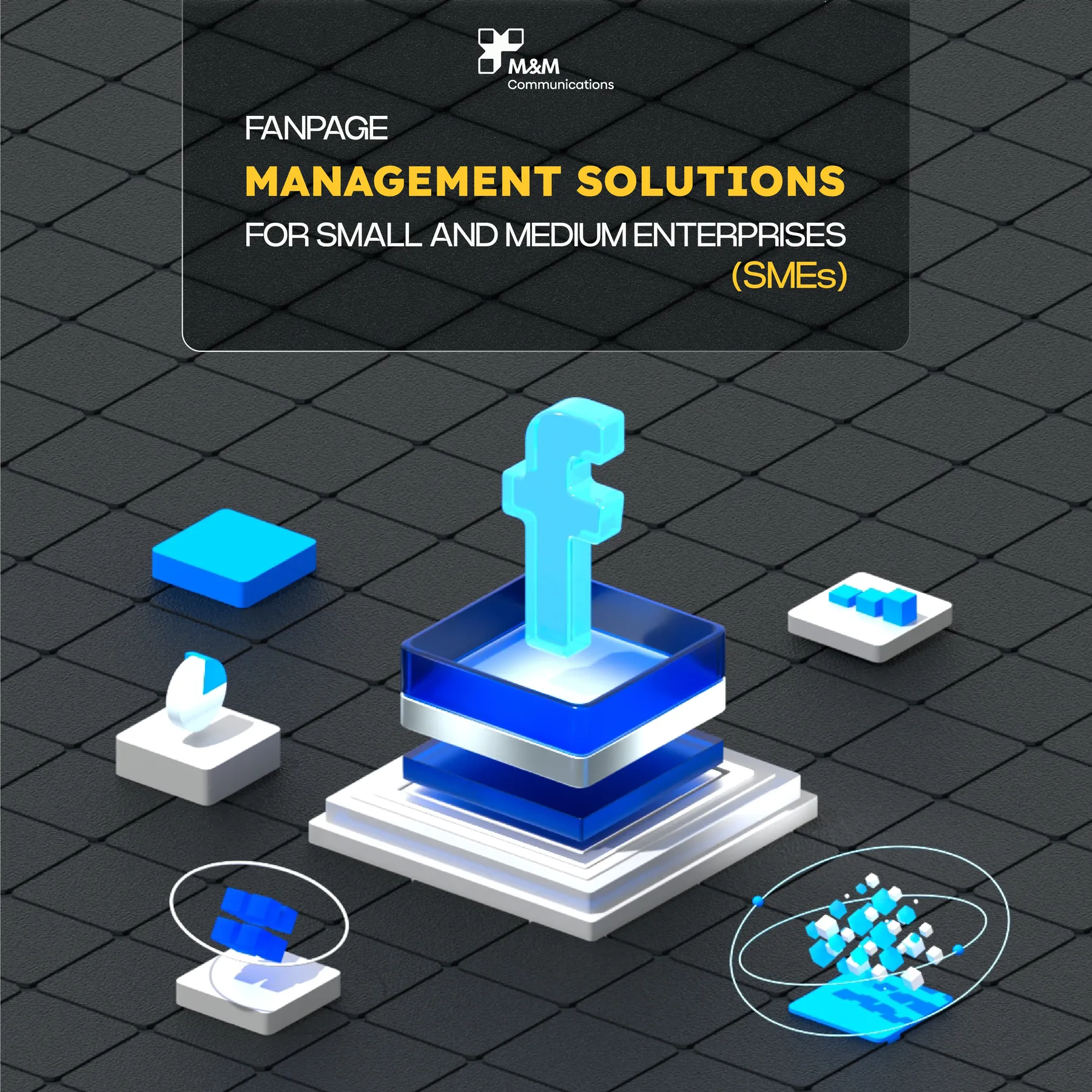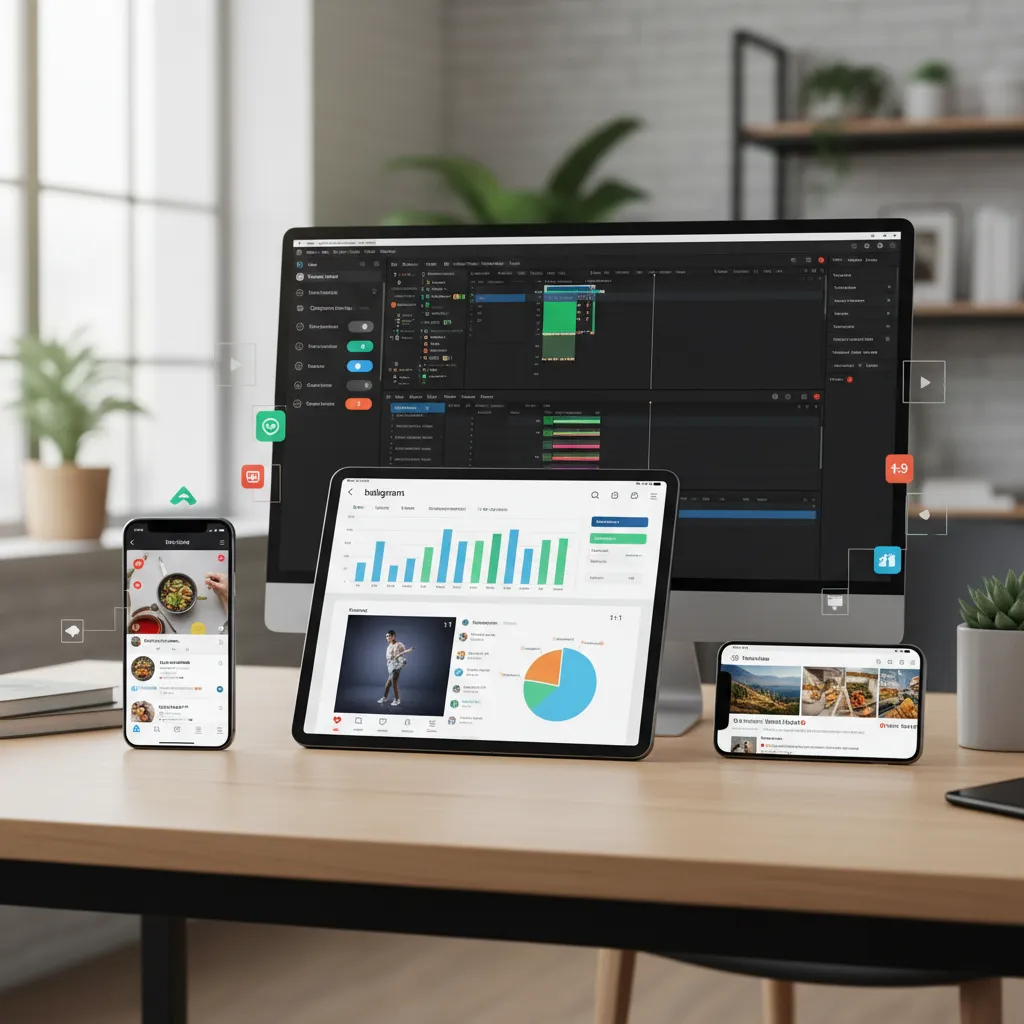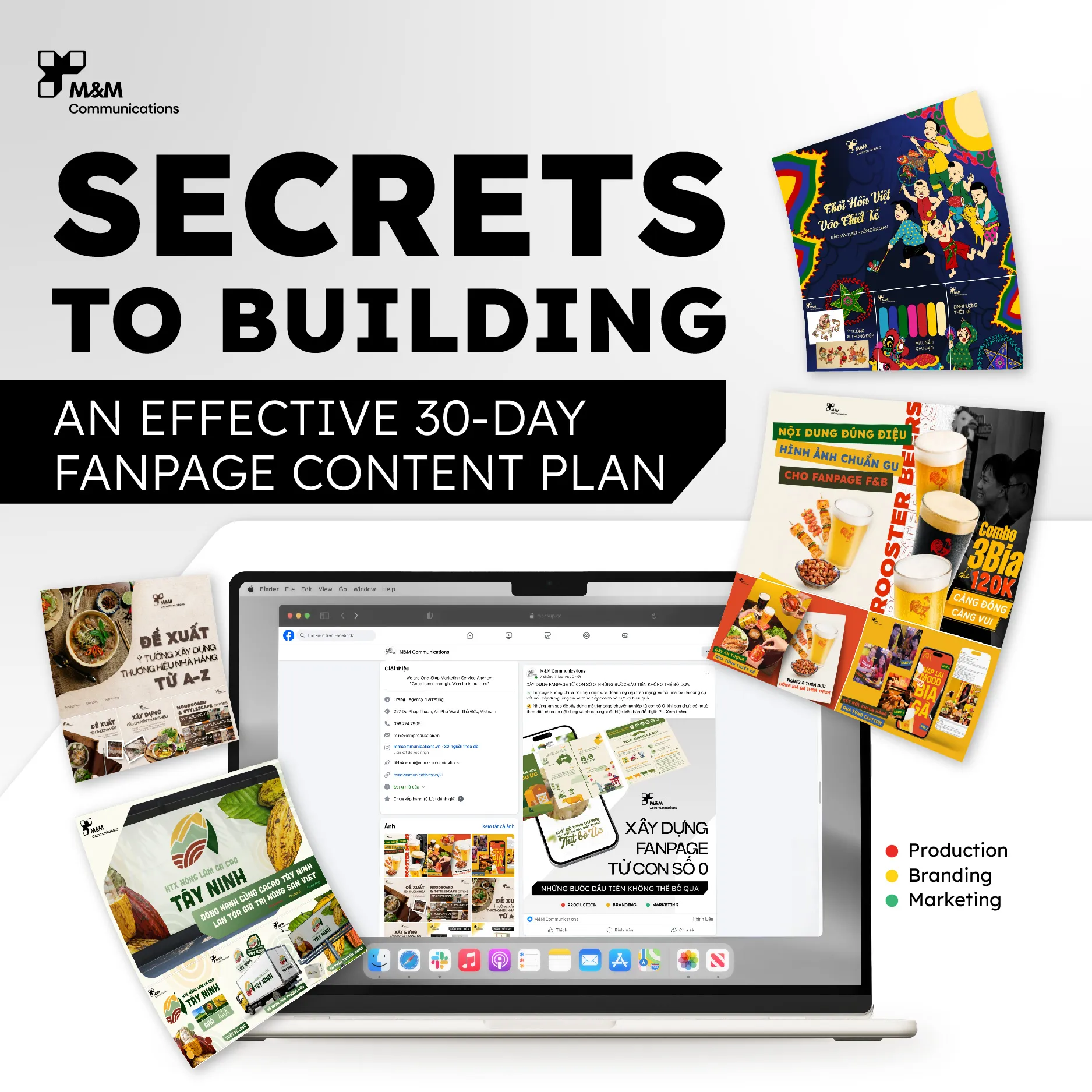
Web Animation 2025: Complete Guide To Motion Design Increasing User Engagement
Web animation transforms static designs into dynamic engaging experiences guiding user attention, providing feedback, creating delight, and improving perceived performance. Well-executed animations serve functional purposes—indicating loading states, confirming actions, revealing relationships, and smoothing transitions—while adding personality and polish elevating overall user experience. However, animation is double-edged sword—excessive or poorly implemented animations distract, frustrate, and harm performance causing users to abandon sites. Modern web animation requires balancing: aesthetic appeal with functional purpose, smooth performance with file size constraints, delight with accessibility, and innovation with usability.
The web animation landscape evolved dramatically from Flash era through JavaScript animation libraries to modern CSS animations and sophisticated frameworks. Today's animation capabilities include: performant CSS transitions and keyframes, powerful JavaScript animation libraries (GSAP, Anime.js, Framer Motion), SVG animations for scalable vector graphics, Lottie for designer-friendly After Effects animations, WebGL for 3D and complex effects, and sophisticated scroll-based interactions. However, with great power comes responsibility—animations must: load quickly without blocking content, perform smoothly at 60fps, respect user preferences (prefers-reduced-motion), provide meaningful enhancements not mere decoration, and degrade gracefully on older browsers or slower devices. Mastering web animation means understanding both creative possibilities and technical constraints.
CSS Animations: Transitions And Keyframes
CSS transitions provide simplest animation approach smoothly interpolating between property states. Transitions work for: hover effects on buttons/links, showing/hiding elements, expanding/collapsing sections, focus states on form inputs, and simple property changes (color, size, position, opacity). Define transitions with: transition: property duration timing-function delay; Example: transition: background-color 0.3s ease-in-out; animates background color changes over 0.3 seconds. Multiple properties: transition: all 0.3s ease; (less performant—animate specific properties when possible). Transition timing functions include: linear (constant speed), ease (slow start/end, fast middle—default), ease-in (slow start), ease-out (slow end), ease-in-out (slow start and end), and cubic-bezier for custom curves.
CSS keyframe animations enable complex multi-step animations beyond simple property transitions. Define keyframes specifying property values at animation percentages: @keyframes fadeIn { 0% { opacity: 0; } 100% { opacity: 1; } } Apply with: animation: fadeIn 0.5s ease-out; Keyframe animations support: multiple steps (0%, 25%, 50%, 100%), multiple properties changing simultaneously, looping (animation-iteration-count), direction control (forwards, backwards, alternate), and delays. Common keyframe animations include: fade in/out, slide in from edges, bounce effects, pulse/scale, rotation, and complex multi-step sequences. However, animate only GPU-accelerated properties (transform, opacity) for best performance—animating layout properties (width, height, top, left) causes expensive reflows.
Performance Optimization For CSS Animations
GPU acceleration critical for smooth 60fps animations offloading animation computation to GPU. GPU-accelerated properties: transform (translate, scale, rotate), opacity, filter. Non-accelerated properties (width, height, top, left, margin, padding) trigger layout recalculation (reflow) and repaint causing jank. Force GPU acceleration with: transform: translateZ(0); or will-change: transform; (sparingly—will-change consumes memory). Animation performance best practices: animate transform and opacity only, minimize animated elements simultaneously, avoid animating during critical page load, use transform: translate over position changes, batch DOM reads/writes preventing layout thrashing, and test on mid-range devices not just powerful development machines.
Debug animation performance using Chrome DevTools: Performance panel identifies frame drops and long tasks, Rendering tab enables FPS meter and paint flashing showing what repaints, Layers panel reveals compositing layers and GPU usage, and Performance monitor tracks real-time metrics. Target 60fps (16.7ms per frame)—animations dropping below 60fps feel janky. If animations perform poorly: reduce animated elements, simplify effects, use simpler timing functions, or consider removing animations on lower-powered devices using JavaScript device detection or CSS media queries (prefers-reduced-motion for accessibility, aspect-ratio or resolution detecting mobile devices).
Micro-Interactions: Buttons, Forms, And Feedback
Button micro-interactions provide crucial feedback confirming user actions and creating satisfying tactile feel. Effective button animations include: Hover effects color changes, subtle scale (1.05x), shadows enhancing, indicating interactivity; Click/active states scale down slightly (0.95x) mimicking physical button press, brief color flash, ripple effect spreading from click point; Loading states spinner or progress indicator during processing, disable button preventing double-submission, color change indicating waiting state; and Success confirmation checkmark animation, color change to green, brief scale bounce celebrating action completion. Timing critical—hover responses should be immediate (150-200ms), clicks instantaneous (100ms), and loading indicators appear within 300ms preventing perceived lag.
Form input animations guide users and provide feedback improving completion rates. Form micro-interactions include: Focus states outline or border color change, subtle glow effect, label animation (floating label moving up on focus), indicating active field; Validation feedback checkmark for valid inputs, error shake animation drawing attention to mistakes, color changes (green valid, red invalid), inline error messages sliding in; Character counters animating remaining characters, changing color approaching limit, gentle pulse when limit reached; and Auto-complete smooth dropdown appearance, highlighted suggestions on hover, smooth transitions between suggestions. Immediate feedback prevents user uncertainty—validate on blur or after brief pause (500ms) rather than on every keystroke (too aggressive) or only on submit (too late).
Loading States And Skeleton Screens
Loading animations manage user expectations during wait times improving perceived performance. Loading approaches include: Spinners simple rotating icon indicating processing, appropriate for <1 second waits, various styles (circular, dots, bars) matching brand; Progress bars showing completion percentage for longer tasks with measurable duration, reducing uncertainty; Skeleton screens showing content placeholder structure before actual content loads, superior to blank screen or spinner—users understand what's coming; and Optimistic UI immediately showing expected result before server confirmation, rolling back if operation fails. Loading animations should: appear quickly if operation exceeds 300ms, accurately reflect operation duration (don't fake progress), and avoid distracting excessive motion—subtle pulsing better than aggressive spinning.
Skeleton screen implementation: design placeholder matching actual content structure (gray boxes for text, circles for avatars, rectangles for images), animate subtle shimmer effect suggesting loading, fade smoothly to real content when loaded, and match content dimensions preventing layout shift. Skeleton screens particularly effective for: content feeds (social media, news), e-commerce product listings, user profiles, and dashboard data. Libraries like React Loading Skeleton, Ant Design Skeleton, and Vue Content Loader simplify skeleton implementation. However, ensure fast actual loading—skeleton screens improve perceived performance but don't fix slow loading times requiring optimization of underlying data fetching and rendering.
Scroll Animations: Parallax, Triggers, And Sticky Elements
Scroll-triggered animations reveal content as users scroll creating dynamic storytelling and visual interest. Common scroll animations include: Fade in on scroll elements appearing with opacity transition as they enter viewport, Slide in elements translating from side or bottom into position, Scale in elements growing from small to full size, Stagger animations list items animating sequentially creating wave effect, and Number counters animating from 0 to target value. Implement scroll animations using: Intersection Observer API (performant modern approach detecting element visibility), scroll event listeners (older approach, requires throttling for performance), or libraries like AOS (Animate On Scroll), ScrollReveal, or GSAP ScrollTrigger.
Parallax scrolling creates depth illusion by moving background elements slower than foreground creating 3D effect. Parallax applications: hero sections with background image moving slower than foreground content, layered illustrations creating depth, product showcases with dimensional effects, and storytelling sites with immersive scrolling experiences. Implement parallax carefully: subtle movements (20-30% speed difference) avoid motion sickness, test on mobile (parallax can feel awkward on touch devices), ensure content readability (moving backgrounds shouldn't obscure text), and provide fallback for users preferring reduced motion. Excessive parallax frustrates users—use sparingly on key sections rather than entire site.
Sticky Elements And Scroll Progress
Sticky navigation keeps header accessible while scrolling improving navigation but saving vertical space. Sticky nav implementations: Simple sticky using position: sticky; keeping nav visible, Shrinking nav reducing height/logo size when scrolled, Hide on scroll down, show on scroll up maximizing content space while maintaining easy nav access, and Progressive disclosure revealing additional nav elements on scroll. Enhance sticky nav with: subtle shadow appearing on scroll indicating elevation, smooth transitions between states, and changing background opacity or color for better contrast. Mobile sticky navigation particularly valuable—limited screen space makes navigation access critical.
Scroll progress indicators show reading progress on long content improving user orientation. Implementations include: Progress bar at top of page filling as user scrolls, Circular progress around back-to-top button, Percentage indicator showing completion numerically, and Chapter indicators for multi-section content highlighting current section. Implement with JavaScript calculating scroll percentage: const progress = (scrollTop / (scrollHeight - clientHeight)) * 100; Scroll indicators help users: understand content length, track reading progress, and navigate long articles. However, ensure indicator doesn't distract from content—subtle design and unobtrusive placement essential.
JavaScript Animation Libraries: GSAP, Framer, Anime.js
GSAP (GreenSock Animation Platform) remains gold standard for JavaScript animation offering: powerful animation controls, smooth performance, extensive plugins (ScrollTrigger, Draggable, MorphSVG), timeline management for complex sequences, cross-browser consistency, and extensive documentation. GSAP syntax: gsap.to('.element', { opacity: 0, duration: 1, ease: 'power2.out' }); GSAP excels for: complex multi-step animations, precise timing control, scroll-based animations (ScrollTrigger plugin), SVG morphing and path animations, and professional-grade interactions. GSAP free for most uses (commercial license required for some plugins). Consider GSAP for: animation-heavy sites, complex interactive experiences, and when fine-grained control essential.
Framer Motion React animation library offering: declarative API matching React patterns, layout animations (animating position changes automatically), gesture recognition (drag, hover, tap), variants for complex animation orchestration, and shared element transitions. Framer Motion syntax: <motion.div animate={{ opacity: 1 }} /> Framer Motion particularly suits: React applications, component-based animations, layout transitions, and developers preferring declarative over imperative animation. Anime.js lightweight versatile library offering: small file size (9KB), CSS, SVG, DOM, and JavaScript object animation, timeline and playback controls, and simple API. Anime.js works for: projects requiring full-featured animation without GSAP complexity, SVG animations, and when bundle size concerns paramount.
Lottie And SVG Animations
Lottie renders After Effects animations on web as JSON enabling designers to create complex animations in After Effects then implement on web with single line of code. Lottie advantages: designer-friendly workflow (designers create animations visually), resolution-independent (vector-based), interactive (control playback, respond to events), cross-platform (web, iOS, Android, React Native), and relatively small file sizes. Lottie use cases: onboarding animations, empty states, loading animations, icons and micro-interactions, and complex illustrations. Create Lottie animations: design in After Effects, export using Bodymovin plugin, include lottie-web library, load JSON animation. Optimize Lottie: simplify After Effects layers, reduce keyframes, compress JSON, and provide static fallback for older browsers.
SVG animations using CSS or JavaScript offer scalable resolution-independent animations. SVG animation approaches: CSS animations applying keyframes to SVG elements, JavaScript libraries (GSAP, Anime.js) animating SVG properties, SVG SMIL native SVG animation (deprecated but still works), and Inline SVG manipulation direct DOM manipulation. SVG animation applications: icon animations (morphing, drawing paths), data visualizations (animated charts), illustrations (character animations), and logos (animated brand marks). SVG advantages over raster: resolution independence (perfect at any size), small file sizes for simple graphics, CSS styling and animation, accessibility (screen reader compatible), and searchable/selectable text. However, complex SVG files can be large—optimize using SVGO reducing file size while maintaining quality.
Page Transitions For Single-Page Applications
Page transitions smooth navigation between views in SPAs creating continuity and polish. Transition types include: Fade transitions simple cross-fade between pages, Slide transitions old page slides out while new slides in (directional indicating navigation), Scale transitions zooming in/out suggesting hierarchy, Morphing transitions shared elements transforming between states, and Custom transitions brand-specific effects. Implement page transitions using: React Transition Group, Framer Motion page animations, Vue transitions, Next.js page transitions, or custom CSS animations with router lifecycle hooks.
Page transition best practices: Fast timing 300-500ms maximum—longer feels sluggish, Maintain context users should understand relationship between old and new pages, Preserve scroll position where appropriate (back button should return to previous scroll position), Handle loading states if new page requires data fetching, show loading indicator during transition, Accessibility announce page changes to screen readers, avoid motion for users with prefers-reduced-motion, and Performance don't sacrifice page load speed for fancy transitions. Subtle transitions feel polished; excessive transitions annoy—default to no transition when uncertain, add transitions only where they genuinely improve user understanding or delight.
Accessibility And Reduced Motion
Prefers-reduced-motion CSS media query respects user preference for reduced animations preventing motion sickness, distraction, or discomfort. Users enable reduced motion in: operating system accessibility settings (macOS, iOS, Windows, Android), and browsers respect this preference. Implement reduced motion support: @media (prefers-reduced-motion: reduce) { * { animation-duration: 0.01ms !important; transition-duration: 0.01ms !important; } } This approach disables animations entirely. Better approach: provide subtle alternatives—crossfade instead of slide, instant state change instead of complex animation, or shorter durations maintaining feedback while reducing motion.
Animation accessibility considerations beyond reduced motion: Avoid flashing content (seizure risk—nothing flashing more than 3 times per second), Provide play/pause controls for auto-playing animations, Don't auto-play videos with sound (WCAG requirement), Ensure animations don't obscure content or interfere with interaction, Test with screen readers verifying animations don't confuse assistive technology, and Provide static alternatives for critical animated content. Remember 35% of users request reduced motion when available—substantial audience requiring thoughtful animation implementation respecting user preferences and capabilities.
Partner With M&M Communications For Engaging Motion Design
Creating effective web animations requires balancing creative vision with technical execution, performance optimization, and accessibility considerations. M&M Communications delivers comprehensive animation services combining motion design expertise with development capabilities implementing smooth, purposeful, accessible animations enhancing user experience without sacrificing performance. Our team includes motion designers, frontend developers, and UX specialists collaborating to create animations serving functional purposes while adding delight and polish.
Our animation services include: motion design strategy defining animation principles and patterns, micro-interaction design for buttons, forms, and feedback, scroll-based animation implementation, page transition design for SPAs, loading state and skeleton screen design, Lottie animation implementation from After Effects, SVG animation development, performance optimization ensuring 60fps, accessibility implementation respecting reduced motion preferences, animation style guide documentation, and cross-browser/device testing. We don't just add motion—we create purposeful animation systems enhancing usability, guiding attention, and creating memorable engaging experiences through thoughtful motion design.
Ready to elevate your website with engaging animations? Contact M&M Communications today for expert web animation consultation and implementation. Call 0909 123 456 or email hello@mmcom.vn to discuss your animation needs. Let us create motion design combining aesthetic appeal with functional purpose, smooth performance, and accessibility ensuring your animations enhance rather than distract from user experience through strategic animation implementation grounded in motion design principles, performance optimization, and user-centered design.






